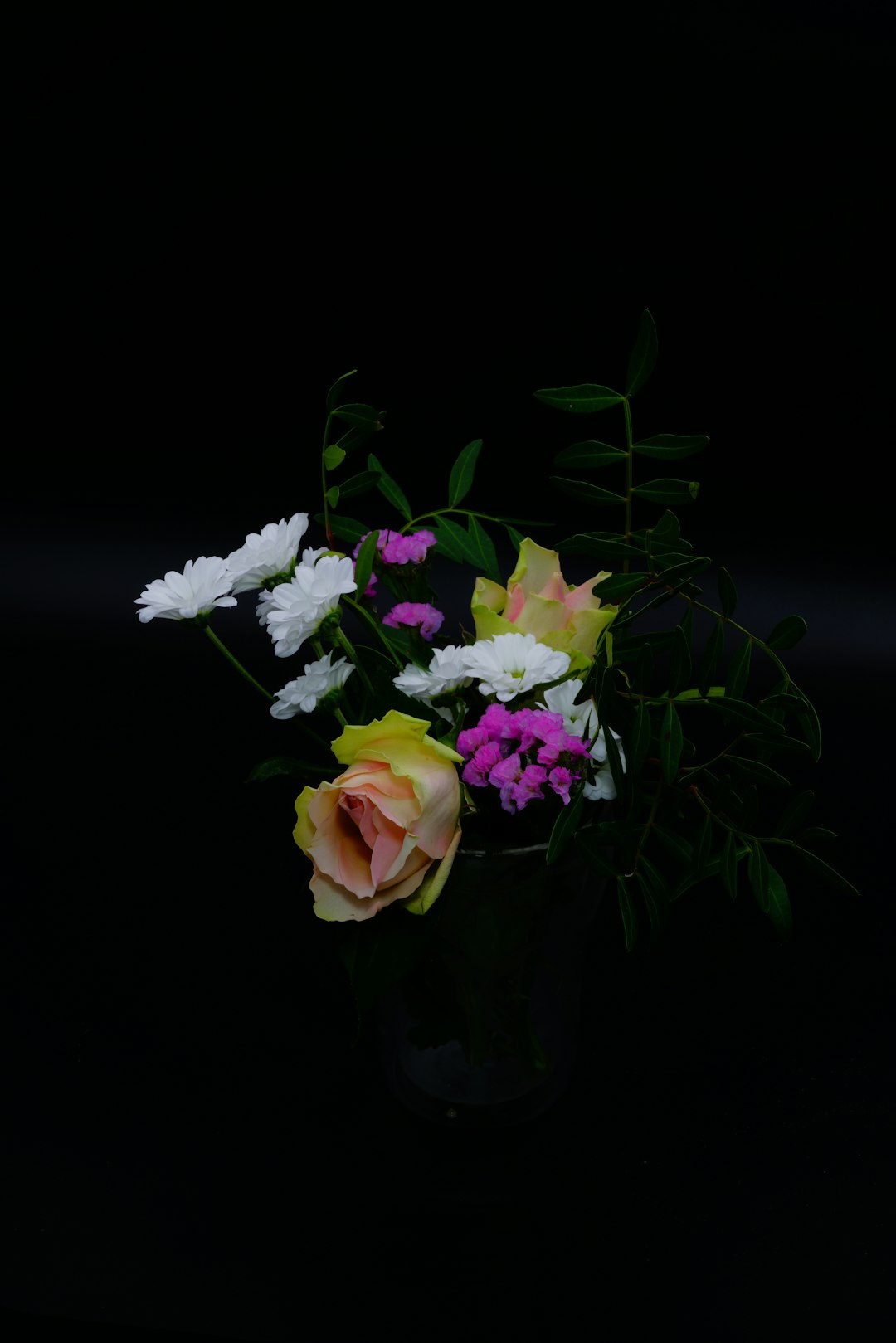Unveiling the Ideal Partners for Hydrangeas in Your Garden

When it comes to creating a captivating garden, hydrangeas are often the stars of the show. Their large, colorful blooms can transform any outdoor space into a paradise. However, choosing the right companion plants for hydrangeas can take your garden to the next level. A garden designer with years of experience is here to share expert tips on selecting the perfect companions for these beautiful shrubs.
One of the first things to consider when choosing companion plants for hydrangeas is the light and soil requirements. Hydrangeas generally prefer partial shade and moist, well - drained soil. Therefore, companion plants should have similar needs to thrive together. For instance, hostas are an excellent choice. These shade - loving perennials come in a variety of sizes and leaf colors, from bright greens to variegated patterns. Their broad leaves provide a nice contrast to the delicate, showy blooms of hydrangeas.
Another great companion is ferns. Ferns add a touch of elegance and a soft, feathery texture to the garden. They are also well - adapted to shady and moist conditions, making them a natural fit alongside hydrangeas. Some popular fern varieties include the maidenhair fern, which has fine, lacy fronds, and the ostrich fern, known for its large, upright growth habit.
When it comes to different types of hydrangeas, the choice of companion plants can vary. Bigleaf hydrangeas, with their large, round flower heads, pair well with astilbes. Astilbes produce feathery plumes of flowers in shades of pink, red, and white, which complement the bigleaf hydrangea's blooms. The astilbe's airy texture also provides a nice contrast to the hydrangea's more solid appearance.
Panicle hydrangeas, on the other hand, are more tolerant of full sun. They can be paired with coneflowers. Coneflowers are drought - tolerant and attract pollinators, such as bees and butterflies. Their bright, daisy - like flowers in colors like purple, pink, and white create a vibrant display when planted near panicle hydrangeas.
Oakleaf hydrangeas have unique, lobed leaves that turn a beautiful red in the fall. For these hydrangeas, consider pairing them with heucheras. Heucheras, also known as coral bells, have colorful foliage in shades of purple, bronze, and green. Their small, bell - shaped flowers add an extra touch of charm to the garden. The combination of the oakleaf hydrangea's interesting foliage and the heuchera's colorful leaves creates a visually appealing landscape throughout the seasons.
When planning your garden, it's also important to think about the height and spread of the companion plants. You don't want to overcrowd your hydrangeas. For example, if you have a small - growing hydrangea variety, choose low - growing companion plants like ajuga. Ajuga forms a dense mat of foliage and produces spikes of blue or purple flowers in the spring. It can be used as a ground cover around the base of the hydrangea, filling in the empty spaces and adding color.
Grasses can also be great companions for hydrangeas. Ornamental grasses, such as miscanthus, add movement and texture to the garden. Their tall, swaying blades create a dynamic backdrop for the hydrangea's blooms. The contrast between the soft, rounded hydrangea flowers and the sharp, linear grass blades is visually striking.
In addition to aesthetic considerations, companion plants can also provide practical benefits. Some plants, like garlic chives, can help repel pests. Garlic chives have a strong odor that deters many common garden pests, protecting your hydrangeas from damage. Planting them near your hydrangeas can be a natural and effective way to keep pests at bay.
Finally, don't forget about the seasonal interest. By choosing a combination of companion plants that bloom at different times of the year, you can ensure that your garden looks beautiful throughout the seasons. For example, plant spring - blooming bulbs like daffodils or tulips near your hydrangeas. As the hydrangeas start to bloom in the summer, the bulbs will have faded, but the hydrangeas will take over as the focal point. Then, in the fall, the foliage of some companion plants, like the oakleaf hydrangea and heucheras, will provide a splash of color.
In conclusion, choosing the right companion plants for hydrangeas is a combination of art and science. By considering the light, soil, height, and seasonal interest, you can create a garden that is not only beautiful but also harmonious. So, go ahead and experiment with different plant combinations to find the perfect partners for your hydrangeas and watch your garden come to life.